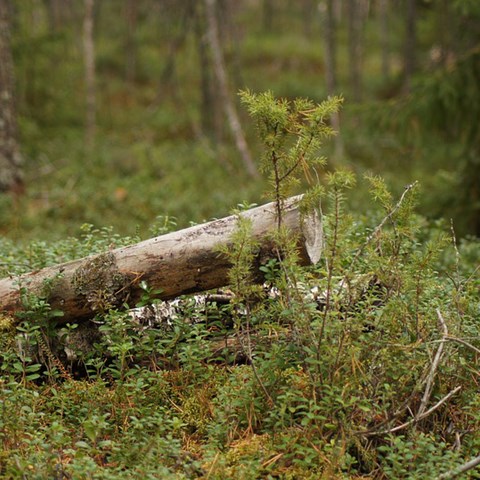Facts:
Project leader
Kaisa Raitio, Associate Professor, Division of Environmental Communication, SLU
Project time
2013-2017

How is the pathway to sustainability defined in the official Finnish forest policy? What are the sustainability tradeoffs emerging from this dominant pathway? How have the political processes, in which the dominant pathway and the trade-offs have been defined, addressed the tensions and conflicts between competing pathways to sustainability, and between the actors promoting them?
In the era of climate change, the pathways to sustainable use of forests, and the trade-offs between different policy goals, have become increasingly challenging and contested. Bioeconomy, i.e. the production of energy, goods and services based on renewable, biological resources, has been proposed as a way to reduce carbon emissions, reduce dependence on fossil fuels and create new economic opportunities from forests.
Finland, with its extensive forest cover, long history of forestry, active role in EU forest policy and ambitions to be a forerunner in the new global bioeconomy, presents an excellent opportunity for studying these recent forest policy responses to sustainability challenges. Most countries, including Finland, argue that they want to promote sustainable development, but what does this actually entail?
This project built on the notion that sustainability is essentially a political process that can be analysed as the tension, or struggle, between competing pathways that aim to achieve sustainability. The different pathways, or strategies, imply different types of trade-offs between and within the economic, social and ecological dimensions of sustainability, and thus differentiated impacts of different groups of actors in society. The negotiation of policy shifts between competing parties and definitions of the sustainability challenge can be seen as a crucial feature of democratic and legitimate forest policy processes. Bioeconomy is often presented as a win-win from a sustainability perspective, but is that really the case? In taking a critical view on sustainability as a contested process, this project focused on two questions:
The analysis covered two empirical focus areas: formulation and implementation of the national forest policy on one hand, and the formulation and implementation of policies and regulations governing the use of publicly owned (state) forests, on the other. The data consisted of policy documents, key pieces of legislation (Forest Act, Act on Metsähallitus), interviews and existing research.
Kröger & Raitio (2017). Finnish forest policy in the era of bioeconomy: A pathway to sustainability? Forest Policy and Economics 77:6-15. http://www.sciencedirect.com/science/article/pii/S1389934116304555
Raitio, K. & Harkki, S. (2014) The disappearing chain of responsibility: Legitimacy challenges in the political governance of Finnish Forest and Park Service. Land Use Policy 39: 281-291. DOI: http://dx.doi.org/10.1016/j.landusepol.2014.02.008
Newspieces and other public material related to the project:
http://www.bios.fi/publicstatement/publicstatement240317.pdf
http://www.skogen.se/nyheter/finska-forskare-sagar-bioekonomistrategi
https://www.svd.se/konflikten-star-mellan-konsumtion-och-miljo/om/debatten-om-skogen
Kaisa Raitio, Associate Professor, Division of Environmental Communication, SLU
2013-2017
 Kaisa Raitio, Associate Professor, Researcher, Division of Environmental Communication, SLU, +4618672969
Kaisa Raitio, Associate Professor, Researcher, Division of Environmental Communication, SLU, +4618672969
Read more about Kaisa Raitio on her CV page
Send an e-mail to: kaisa.raitio@slu.se